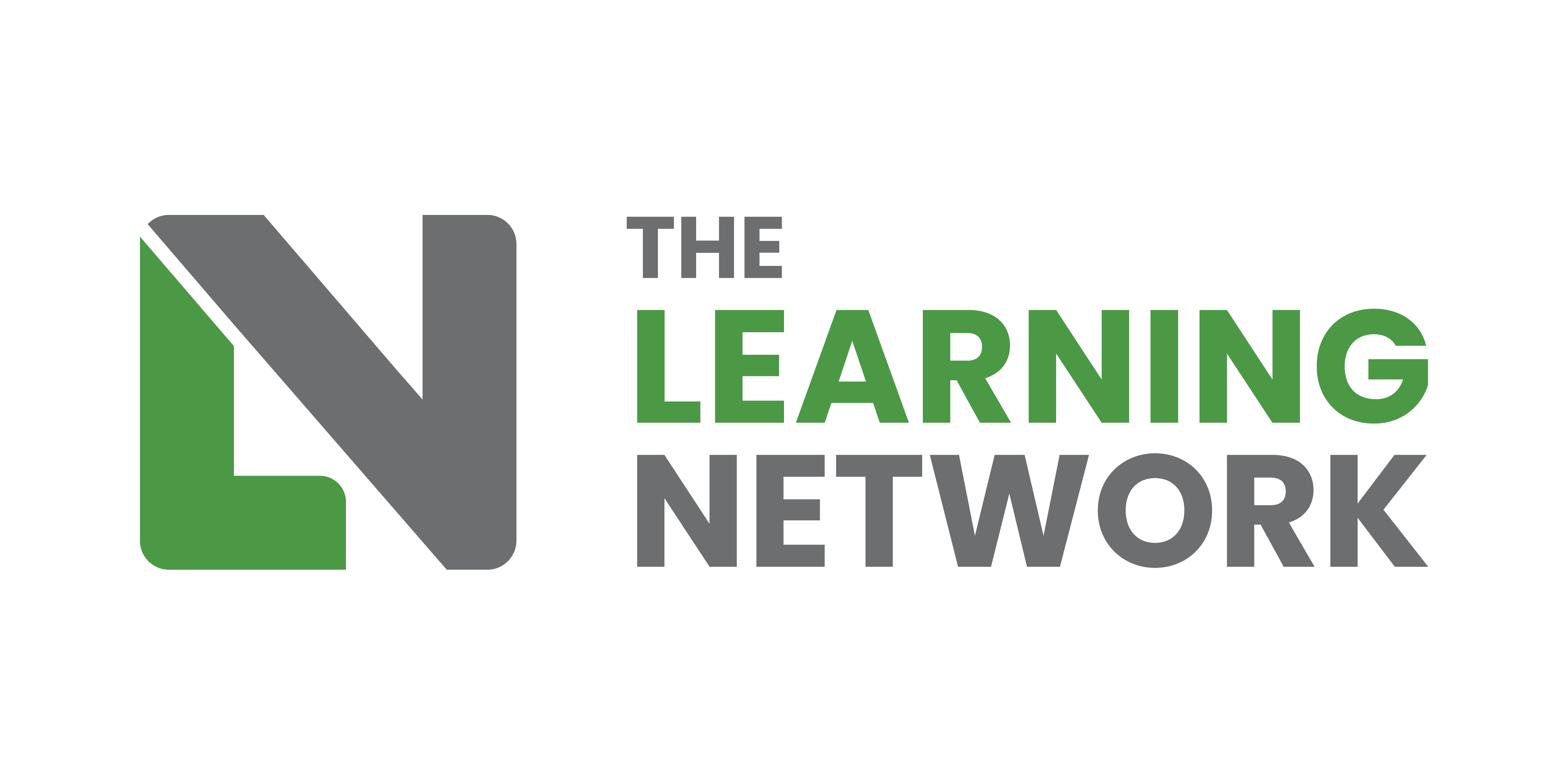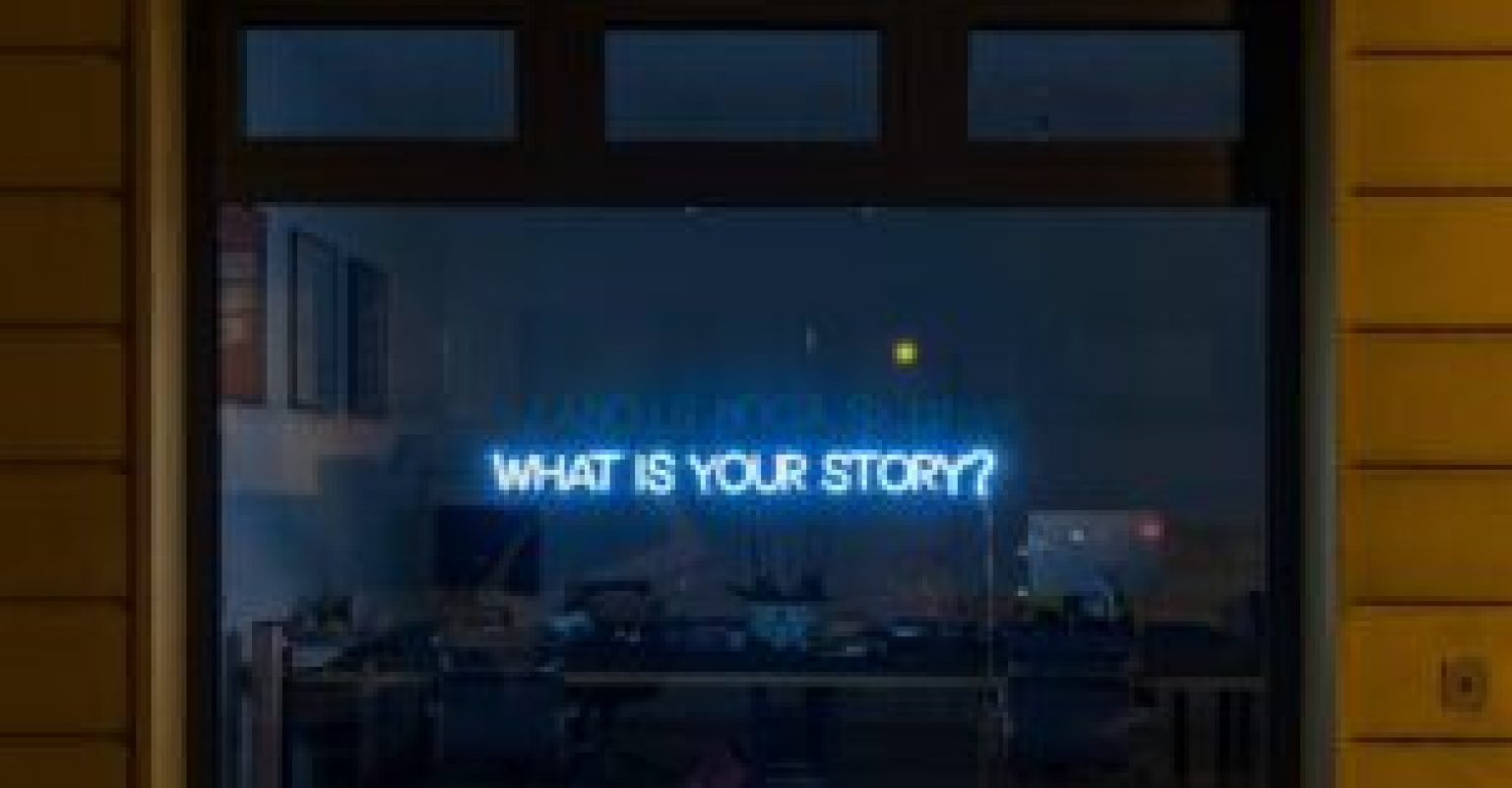I can’t resist a good story.
Chances are, neither can you.
Stories draw us in. They help us relate to other people. They inspire us. They help us learn what’s right and wrong, how to treat each other better, and what happens to people who don’t do the right thing.
I’ve always been intrigued by storytelling. If I don’t have my nose in a book, I’m watching films or TV shows. I’ve even had a go at writing stories, but never thought I was a great storyteller. So, a couple of years ago, I took some creative writing classes to try to get better.
And it turned out that learning about storytelling gave me a fresh perspective in my day job as a learning designer.
There are many parallels between telling a compelling story and crafting a learning experience.
In creative writing, the aim is to keep the reader engaged in the story. To make them want to keep reading until the end and take something of the story with them.
In a piece of learning, we aim to keep the learner engaged, help them connect to what it is we want them to learn to do, and apply it in their ‘real world’.
Both experiences are deeply personal. We can’t control what a reader or learner takes from a piece. We craft a story with space for them to take what they want (or need) from it.
So, how do we tell better stories in learning design? Here are five basic elements which I think we can use:
- Character
- Setting
- Plot
- Conflict
- Theme
Character
Every story has a cast of characters. But a good story will usually revolve around one or a select few protagonists.
I like to think of learners as the protagonists in my learning design. I want to know who they are, where they come from, what motivates them, what they’ve been up to before now, and how my design affects them.
I can’t talk to every single learner, but I can use things like:
- Demographics.
- Empathy maps.
- Personas.
- Audience feedback.
And I can stay focused on my learner’s experience by asking questions like:
- What’s the first thing they notice?
- How does it make them feel?
- Does it matter to them?
- Am I telling them one thing but showing them something different
- Whose story am I really telling?
Setting
This is where and when a story takes place.
In learning design terms, this can be the physical or cognitive environment. It’s the bigger picture around the learning.
Understanding of the setting means I can work around potential distractions and obstacles and design something my learners can use in real life, on the job.
So, I ask questions like:
- Where will they be when they access the content
- When will they access the content?
- How will they access the content?
- What potential interruptions do I need to be aware of?
In the cognitive setting, I ask questions like these to try to avoid overload:
- Is the content easy to find?
- Is it easy to come back to after an interruption?
- Have I built in any accidental distractions?
- If someone’s looking at this content for the first time, where does their attention go?
- What else is happening at the same time – how much bandwidth do they have for this piece of learning?
I design for colleagues in retail stores who don’t have their own company laptop or desktop. Many of them use personal mobile devices to access content. They also mostly learn on their own, and on-demand. I need to think about screen size when choosing graphics or the amount of information I show. I need to add transcripts or closed captions to videos in case they can’t play with sound. I also need to make space for interruptions, like being called back onto the shop floor.
Plot
Plot gives a story structure. It maps the sequence of events in a story. You know where your character needs to be, and you navigate them towards it.
In learning design, the plot can be the structure of a piece of learning, whether it’s a programme or an individual piece of content. By putting your learner at the centre of the story, you can set them off on a hero’s journey to learn something new.
Things I find useful when mapping out my learning plots include:
- Experience maps.
- Learner journeys.
- Content structure maps.
I’m working on a long-term project to evolve our store induction programme and I’m at the stage of plotting our learner’s first six weeks with us. I have a starting point, a sequence of activities and achievements, and an endpoint.
Having the plot mapped out lets me see what happens (and what I need to change) if I add or remove something. It also lets me add a bit of freedom for learners to write their own stories as they navigate their way through the plot and take shortcuts.
Conflict
A story without conflict is a story where nothing happens. Conflict drives stories forward. It brings change and is often what leads to breakthroughs or turning points.
But it needs to be the right type of conflict.
In learning design, we can think of conflict as what Julie Dirksen calls ‘friction’, or germane cognitive load.
I’ve been a spoon-feeder in the past. I thought I was doing learners a favour by making things easy and spelling things out. But learning about the importance of conflict in the story gave me my own lightbulb moment: we need conflict to learn.
Here’s what I’m trying to use more of to introduce the right kind of conflict in learning:
- Discovery – e.g. letting people discover their own shortcuts in a system.
- Mistake-based learning – e.g. building scenarios that let people make mistakes and see the consequences.
- Interleaving – e.g. adding conversational scenarios to system navigation.
Theme
Theme is the overall message in a story. The main takeaway. The moral. The point.
In learning design, this is the overall goal or outcome: what our learning enables someone to do.
Theme gives us a focus for plot and conflict. If something doesn’t serve the theme, it won’t matter to the characters in the grand scheme of things. In other words, it doesn’t belong in the plot and could generate the wrong type of conflict.
In my induction project, the theme is: ‘perform the basics tasks of the job’. When I’m plotting an activity, I ask a simple question:
Does this activity serve the theme?
If not, it doesn’t go in. If it does, I go back to my plot plan to figure out where and when it belongs.
That said, I make exceptions for backstory which provides context. But not too much – a story that spends too much time looking back isn’t moving forward.
I’m still learning to use these five basic elements in my learning design, so I’d love to hear what you think about them. Do they seem like something you could use? Why not share your storytelling tips on Twitter.



